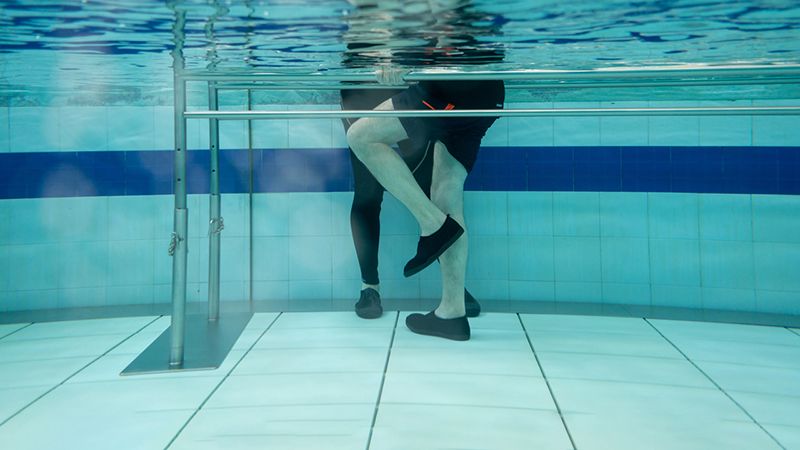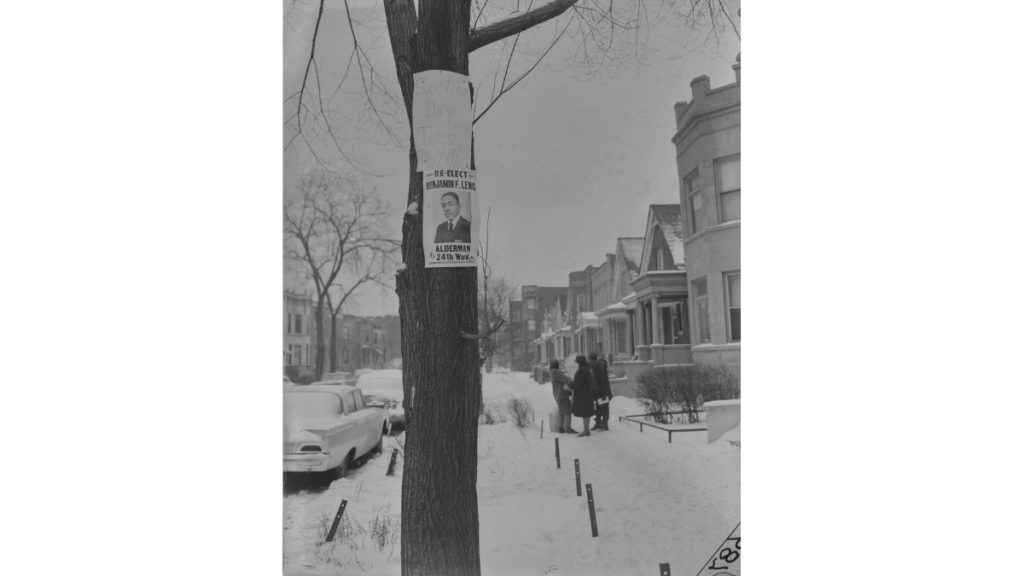Aquatic Therapy Helps Stroke Survivor Get His Sea Legs

![]()
Aquatic Therapy Helps Stroke Survivor Get His Sea Legs (Orland Park, IL) — Every 40 seconds, someone in the United States has a stroke. It’s a leading cause of adult disability. While no one is prepared for this sudden and often debilitating event, there are many roads to recovery. Some are under water.
Research shows a highly successful approach is aquatic therapy. After a stroke, rehabilitation therapy is important to help regain as much function and quality of life as possible.
At Northwestern Medicine Outpatient Rehabilitation in Orland Park some patients may start therapy in the water and transition to land therapy when they are strong enough and able to tolerate their own body weight.
“For some of our patients, the only way they can walk is in the pool,” says Caryn DuBois, a physical therapy assistant at Northwestern Medicine Outpatient Rehabilitation Orland Park. “We do many of the same exercises on land that we do in the pool, but buoyancy makes it so much easier in the pool.”
Mike Dreier, 64, a retired IT professional from Tinley Park, Illinois, experienced a significant stroke that affected his whole left side, leaving him unable to walk. He says that aquatic therapy was a major turning point in his recovery.
“I am now able to stand, walk and go up and down steps with minimal assistance,” he says. “My progress has steadily improved on land ever since. I believe the secret sauce for my recovery was aquatic therapy.”
DuBois who is one of Dreier’s physical therapists, says he entered the therapy pool from a wheelchair and one month later he was able to walk 20 feet with a walker on land. Five months after that, he could walk 210 feet on land with the assistance of a walker. Dreier also achieved one of his goals, which was to go on vacation with his family to Disney World. His next big goal? Playing the drums again.
“I am forever grateful to my physical therapists and my wife, who is a nurse, for challenging and encouraging me every step of the way,” says Dreier.
Water has long been considered an excellent medium for stroke rehabilitation therapy with many benefits, including:
- Buoyant support for balance and movement
- Pain and inflammation reduction
- Relaxation and stress reduction
- Low-impact strength building
- Spasticity reduction
- Breath and respiration strength to support skills like speaking and eating
The Orland Park location is one of several Northwestern Medicine facilities that offers both land and aquatic therapy.
To learn more about Northwestern Medicine, visit nm.org.
Aquatic Therapy Helps Stroke Survivor Get His Sea Legs









Responses